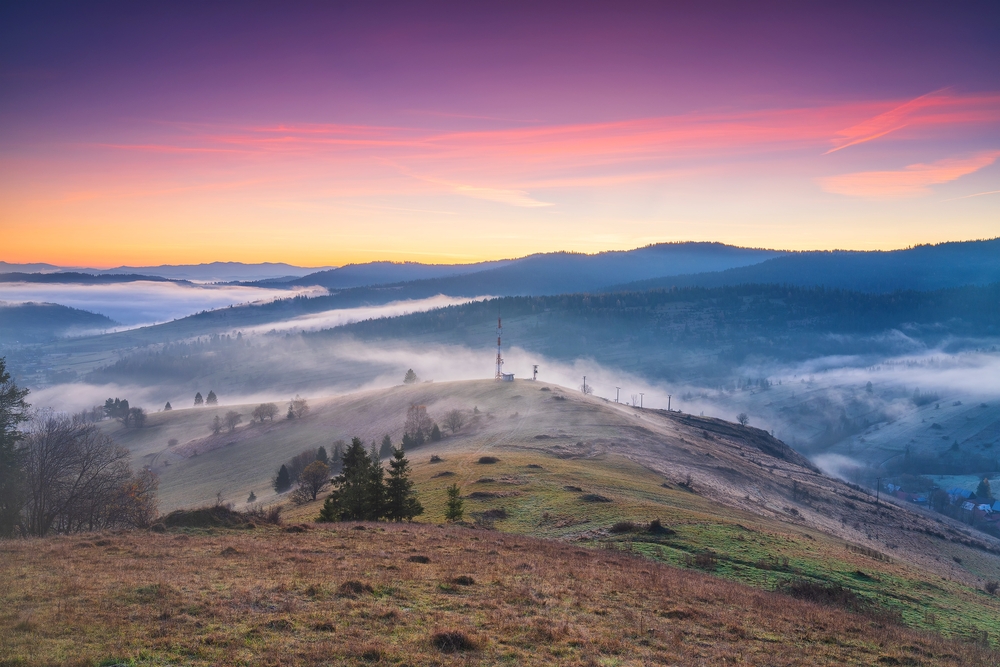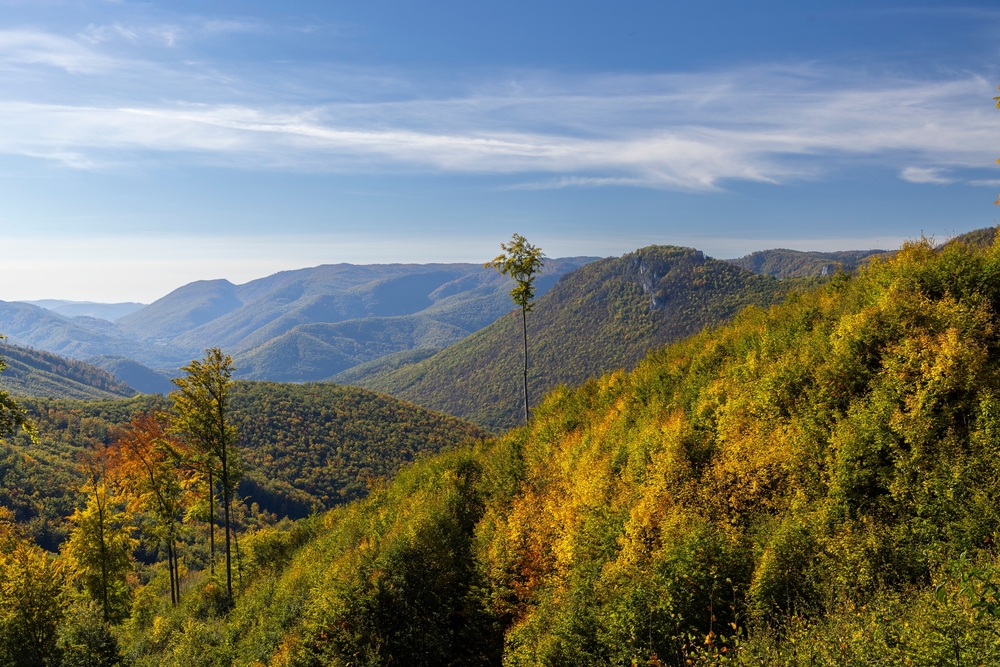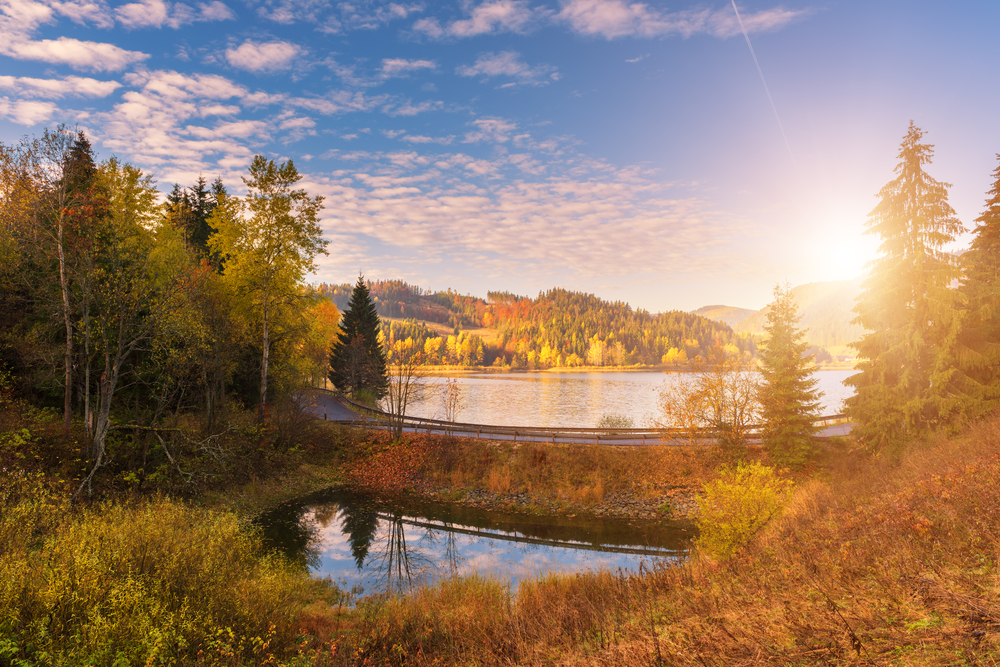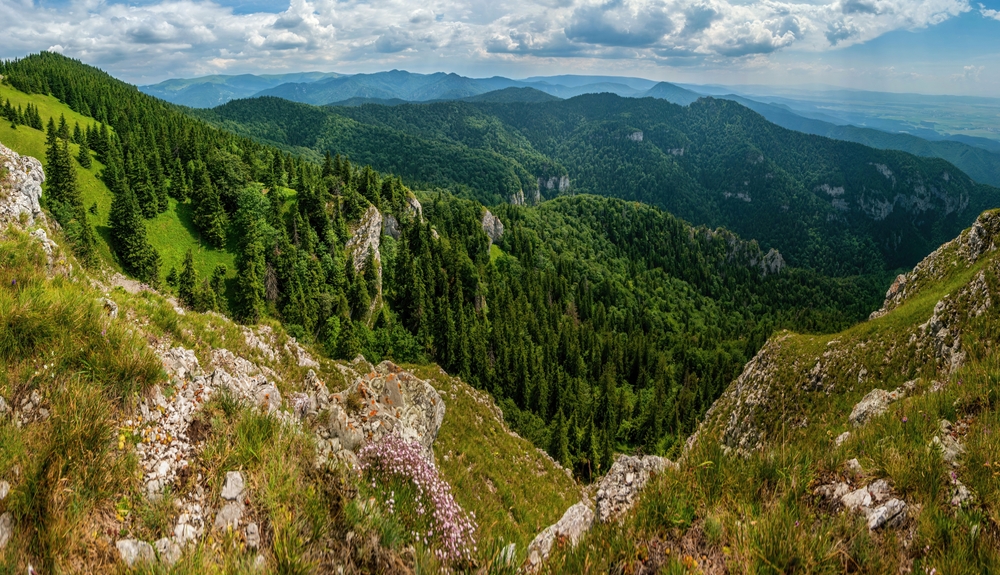Low Tatras Overview
Low Tatras National Park, known locally as Národný park Nízke Tatry, is one of Slovakia’s most beautiful and ecologically significant protected areas.
Spanning approximately 1,252 square kilometers (483 square miles), this national park is located in central Slovakia, covering the Low Tatras mountain range between the Váh and Hron river valleys. It was established in 1978 to preserve the region’s diverse landscapes, rich biodiversity, and cultural heritage while providing recreational opportunities for visitors.
The terrain of the park is dominated by rolling mountains and deep valleys, with some of the highest peaks being Ďumbier at 2,043 meters (6,703 feet) and Chopok at 2,024 meters (6,640 feet). The park’s landscapes are characterized by vast forests, rocky ridges, alpine meadows, and karst formations.
The Demänovská Valley is a notable feature, housing the famous Demänovská Cave System, which includes the Demänovská Ice Cave and the Demänovská Cave of Liberty. These underground wonders are among Slovakia’s most visited natural attractions, featuring stunning ice formations, stalactites, and stalagmites. Rivers such as the Váh and Hron flow through the region, creating picturesque gorges and waterfalls.
The park supports an impressive variety of flora and fauna. Dense beech, fir, and spruce forests dominate the lower elevations, while dwarf pine and alpine vegetation thrive at higher altitudes. Low Tatras National Park is home to many iconic mammals, including the Eurasian brown bear, gray wolf, lynx, and red deer. Chamois, an agile mountain goat-antelope species, can be seen traversing rocky slopes.
Birdwatchers can spot golden eagles soaring above the peaks, along with black storks, Ural owls, and Western capercaillies, which thrive in the dense woodlands. The park’s diverse ecosystem provides sanctuary for many endemic and rare species, making it an important site for biodiversity conservation.
One of the park’s most popular attractions is the Chopok ski and hiking area. The second-highest peak in the Low Tatras, Chopok, is accessible by cable car and offers breathtaking panoramic views. The nearby Jasná resort is the largest ski center in Slovakia, drawing winter sports enthusiasts from across Europe.
In summer, visitors can explore numerous hiking trails leading to mountain summits, caves, waterfalls, and scenic viewpoints. The Ďumbier peak hike is particularly popular, offering stunning views of the surrounding Carpathian landscape. Cycling trails wind through the valleys, and adventure seekers can engage in rock climbing, paragliding, and spelunking in the park’s vast cave systems.
Conservation efforts within Low Tatras National Park focus on protecting its rich biodiversity while balancing tourism and sustainable development. Challenges include habitat fragmentation, human-wildlife conflict, and the impact of climate change on alpine ecosystems.
However, the park has seen success in wildlife conservation programs, particularly in monitoring and protecting populations of large carnivores such as bears and lynx. Sustainable tourism initiatives and environmental education programs have also helped raise awareness about preserving the park’s natural beauty.


















































































